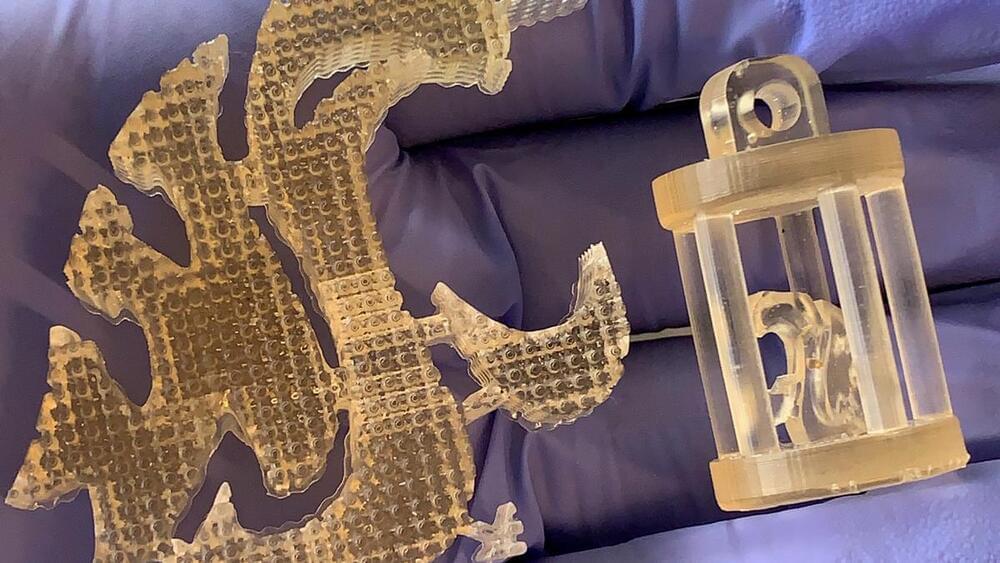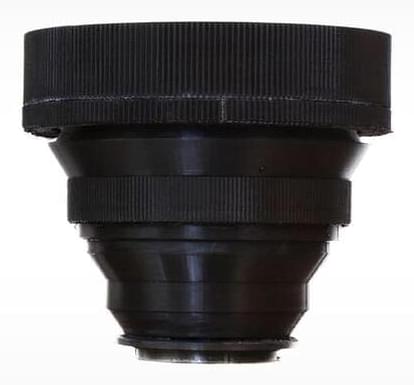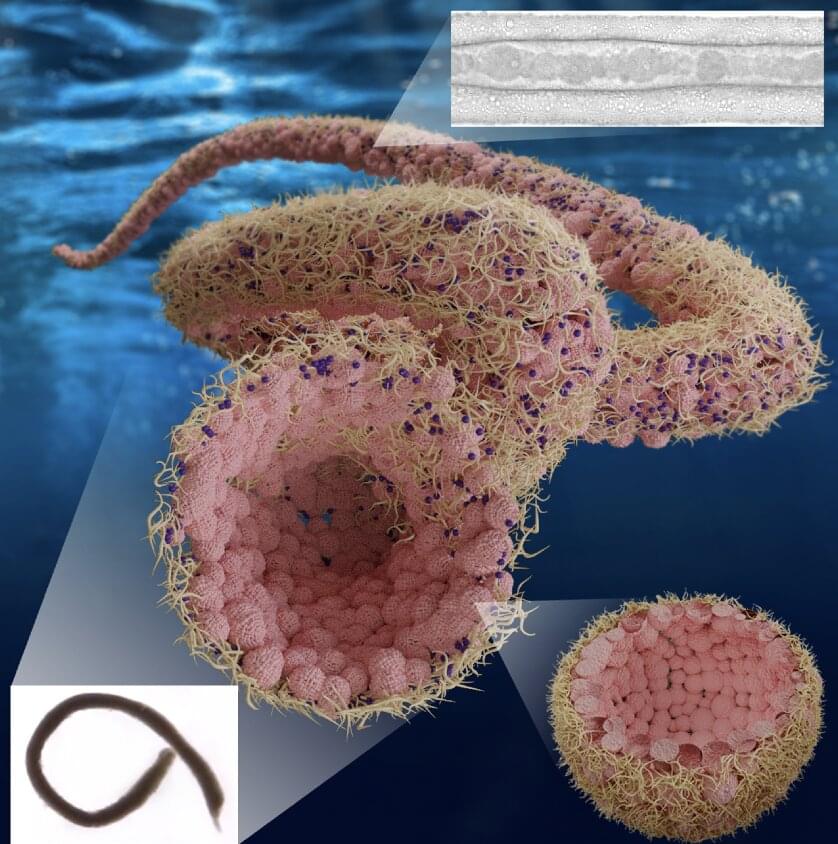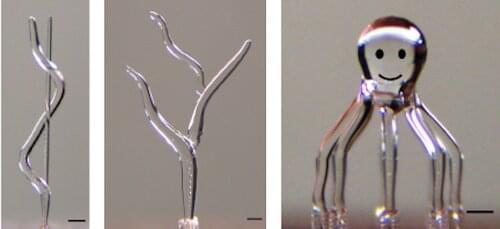Although plant-based polylactic acid (PLA) bioplastic is acclaimed for its biodegradability, it can take quite a long time to degrade if the conditions aren’t quite right. Bearing this fact in mind, Washington State University scientists have devised a way of upcycling it into a 3D-printing resin.
“[PLA] is biodegradable and compostable, but once you look into it, it turns out that it can take up to 100 years for it to decompose in a landfill,” said postdoctoral researcher Yu-Chung Chang, co-corresponding author of the study. “In reality, it still creates a lot of pollution. We want to make sure that when we do start producing PLA on the million-tons scale, we will know how to deal with it.”
To that end, Chang and colleagues developed a process in which an inexpensive chemical known as aminoethanol is used to break down the long chains of molecules that make up PLA. Those chains are rendered into simple monomers, which are the basic building blocks of plastic. The process takes about two days, and can be carried out at mild temperatures.







